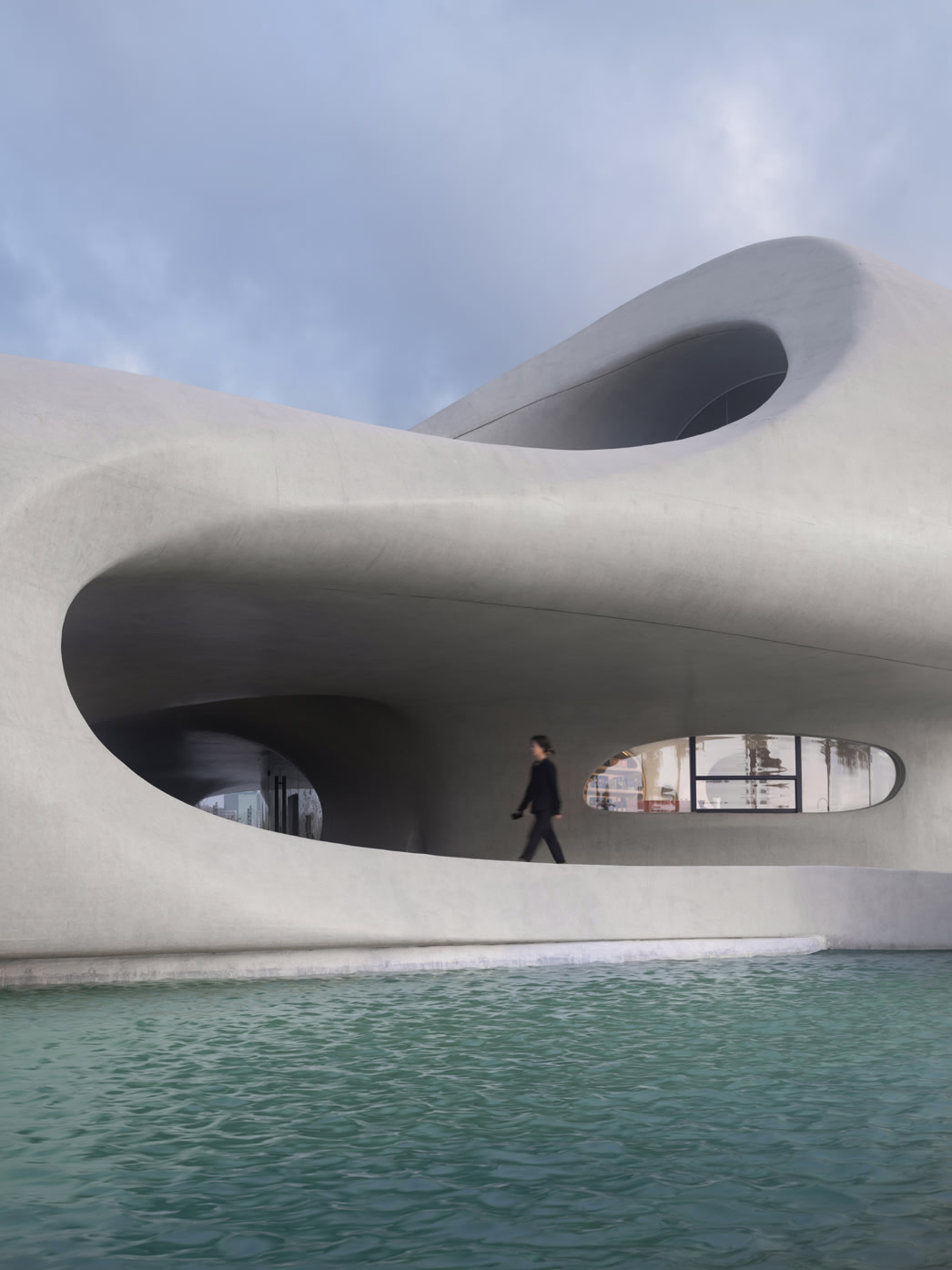- | 8:00 am
Luxury architecture is obsessed with curve appeal
In a time of manufactured predictability, curves have become the ultimate marker of taste and opulence.
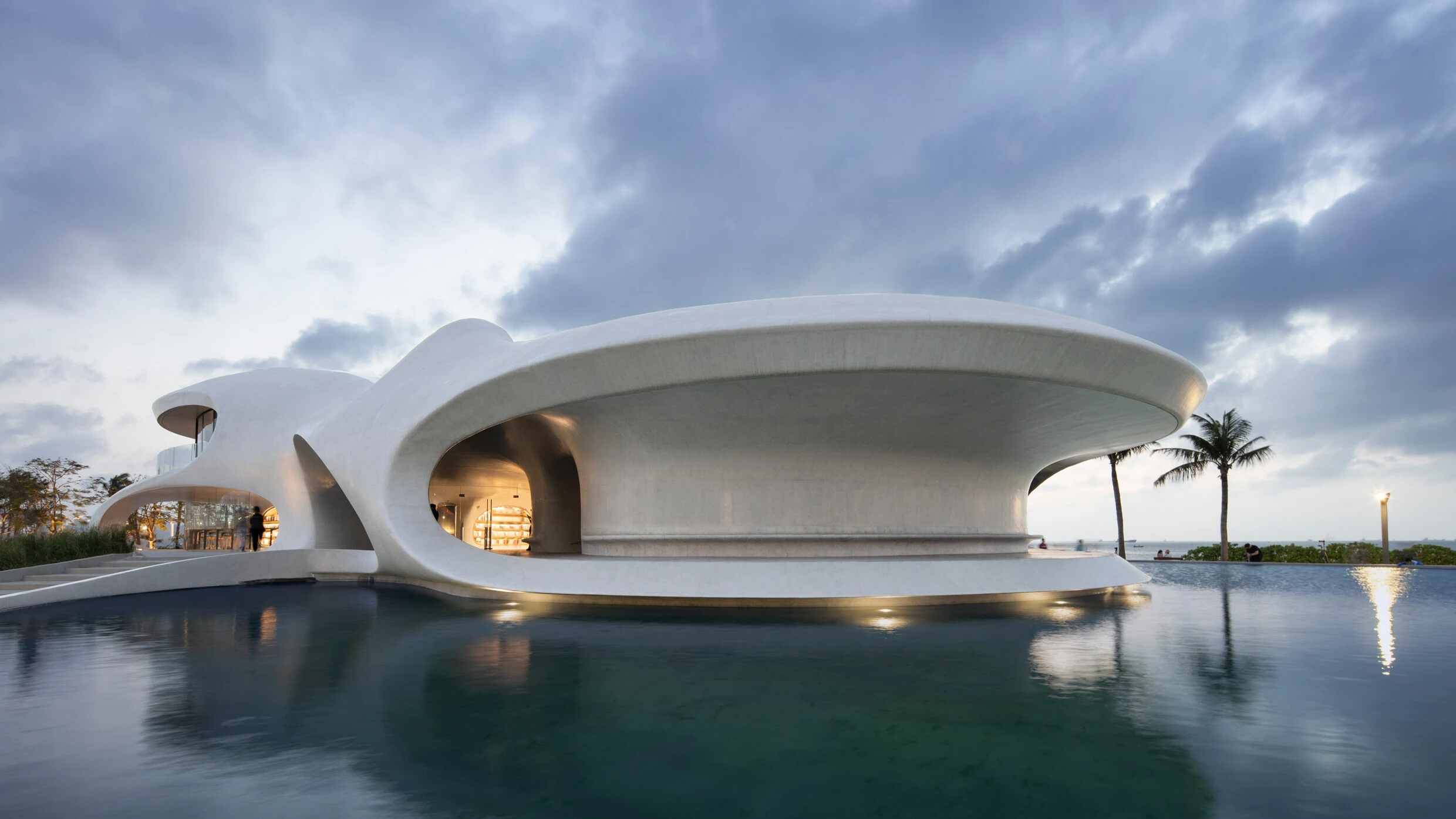
In architecture, curves are harder to make than straight lines. The raw materials of building—wood, steel, construction board, etc.—don’t come that way. You have to make them that way.
In recent years, arches, curves, and sinuous forms of all kinds have taken over high-end building design. “There’s an interest in things that are seemingly more complicated to produce,” says Ben Allen, whose eponymous London-based design firm has developed a specialty in building out colorful arches, vaults, and curves. Just enter the terms “curve interior design” or “curve architecture” into Instagram or Pinterest, and you’ll see how popular the style has become.
It makes sense—in a time of digital flatness, global sameness, and manufactured predictability, curves have become a luxury, often requiring custom craft and local labor. In Allen’s work, curves and arches often serve as the centerpiece, drawing attention and adding an exclamation point. “Curves require a lot of time and effort,” says Allen.
When designing the “House Recast” project in North London, Allen’s studio crafted long, arched vaults set with plywood louvers that bring diffuse light inside. In the Vault House, which overlooks the Ouse River in York, arched vaults of traditional handmade York brick poetically enclose an outdoor courtyard. To create the stunning effect, a bricklayer painstakingly placed bricks into an arch atop plywood formwork. “We were amazed,” Allen says of the process.
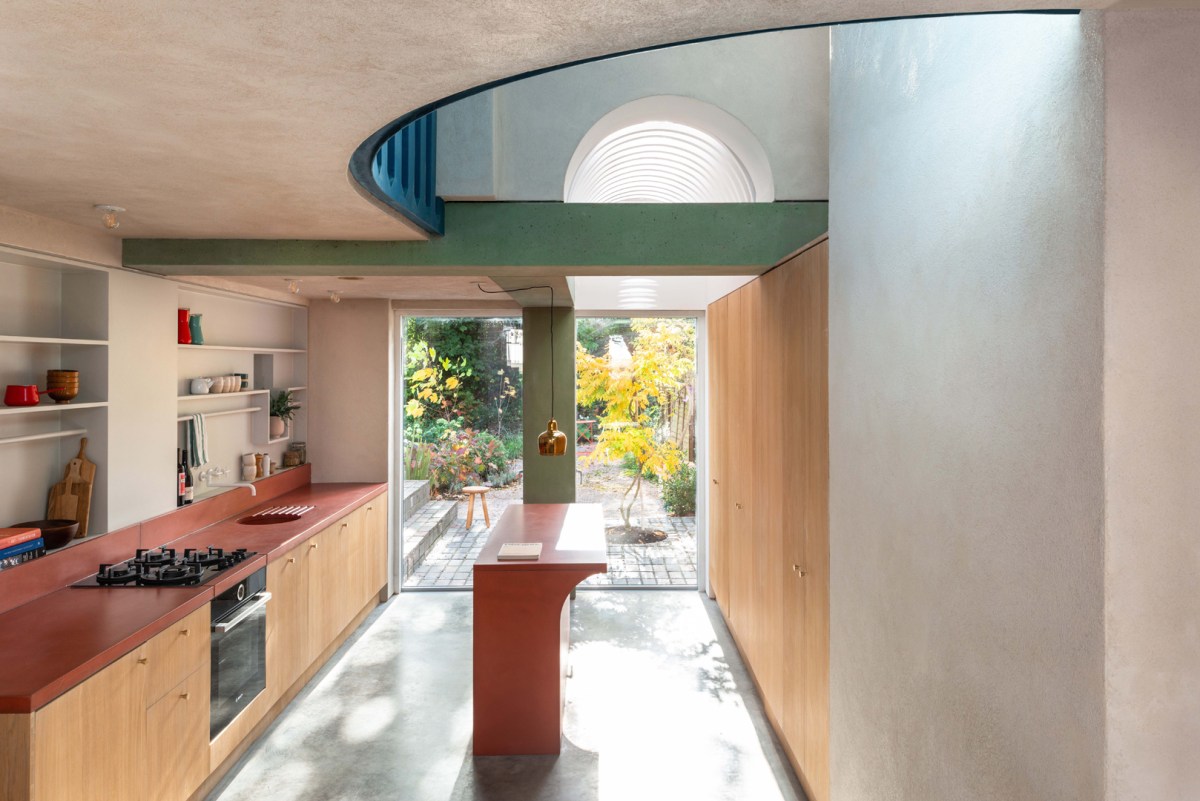
This shift toward softer forms is not entirely new—it’s yet another phase in architecture’s constant pendulum swing between minimalism and maximalism, mass production and customization, futurism and historicism, functionalism and fun. Arches themselves have been around for thousands of years, dating back to ancient Mesopotamia, where people are believed to have built the first arches with mud bricks due to the lack of wood and stone in the arid landscape.

Throughout history, arches and curves have come to signify both engineering prowess (the Colosseum, Eero Saarinen’s St. Louis Arch, Zaha Hadid’s Heydar Aliyev Centre) and architectural softness. Though used historically as functional, load-bearing architectural features, arches today are a symbol of taste and luxury.
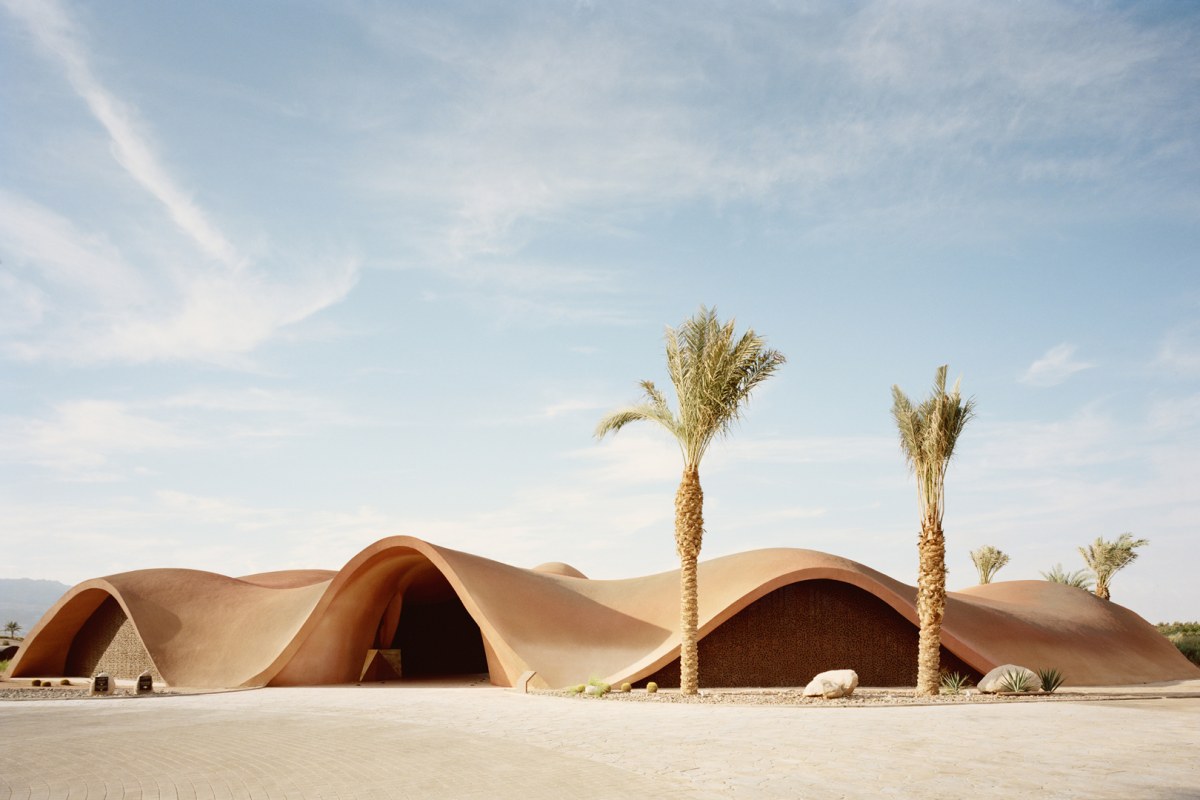
Take architect Chad Oppenheim’s Ayla Golf Clubhouse in Aqaba, Jordan, which emulates a whole natural dunescape. Its curving, amorphous form intends to blend with the desert landscape, and in many ways, it’s more geology than architecture. Its natural character is accentuated via the rawness and unpredictability of its sprayed-on concrete, which is comprised of local sand and stone.
Other projects, like a house in Escondido, California, or a penthouse in Miami, enliven otherwise minimal spaces with sinuous, carved spiral staircases, evocative of seaside shells or tight corkscrews. “I’m always looking to nature to find truth in form,” says Oppenheim, who, when discussing these projects, was on safari in Kenya. While he was there to see the animals, he couldn’t help exploring the shapes of rocks and noting them for future use.
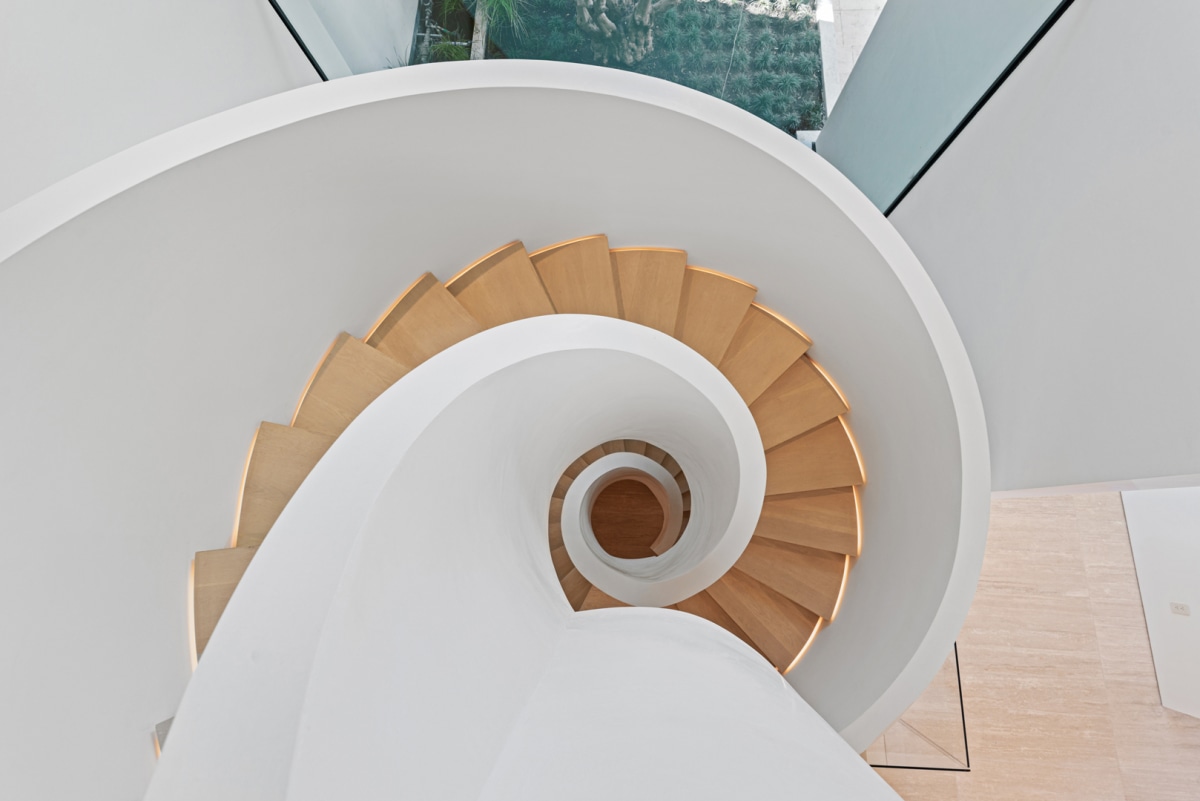
But while curves often require hand labor, digital tools can allow for curving forms that may never have been possible, propelling them into radical new dimensions. Shanghai-based X+Living, founded by architect Li Xiang, employs computer software to create daring curves and immersive, often surreal, environments. It’s what she calls “designing emotions.”

“The human gaze unconsciously follows the extension of curves, and the path of curves is more likely to guide people forward in space compared to straight lines,” she adds. In her projects, walls curve upward in surprising ways; arches form abstractions of Chinese symbols and repeating patterns pull you, and your imagination, ahead. As for the overall trend, Li thinks curves have taken off “because the current commercial and social environments are more inclusive, and the public’s aesthetic preferences have become more diverse.”

For Ma Yansong, founder of Chinese architecture firm MAD, the curve—now enabled by technologies like advanced software, 3-D printing, and exceptionally lightweight and strong materials like fiberglass-reinforced polymer (FRP)—is a return to the norm, not a diversion from it.
Ma designed the Lucas Museum of Narrative Art, set to open in 2025 in L.A., in his signature curvilinear form. The building will be clad in more than 1,500 curved FRP panels in a variety of flowing shapes resulting in a futuristic look. (Most apt for a museum funded by Star Wars creator George Lucas and dedicated to the art of visual storytelling.)
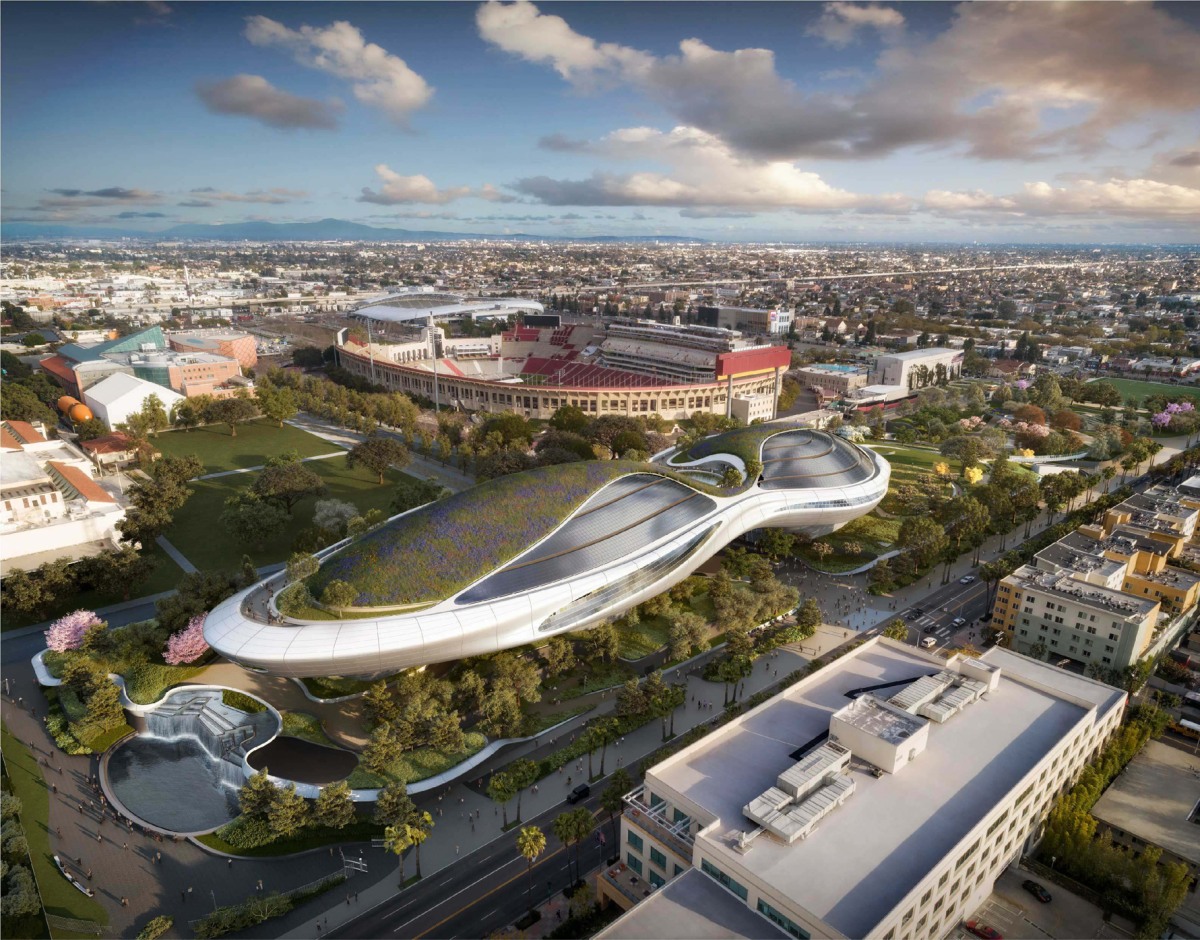
Ma calls square, mass-produced buildings a remnant of an industrial age that depended on uniformity and mass-production. “That was the easy way. But new technology can support organic architecture,” he says. “We can have the freedom to choose different possibilities.”
